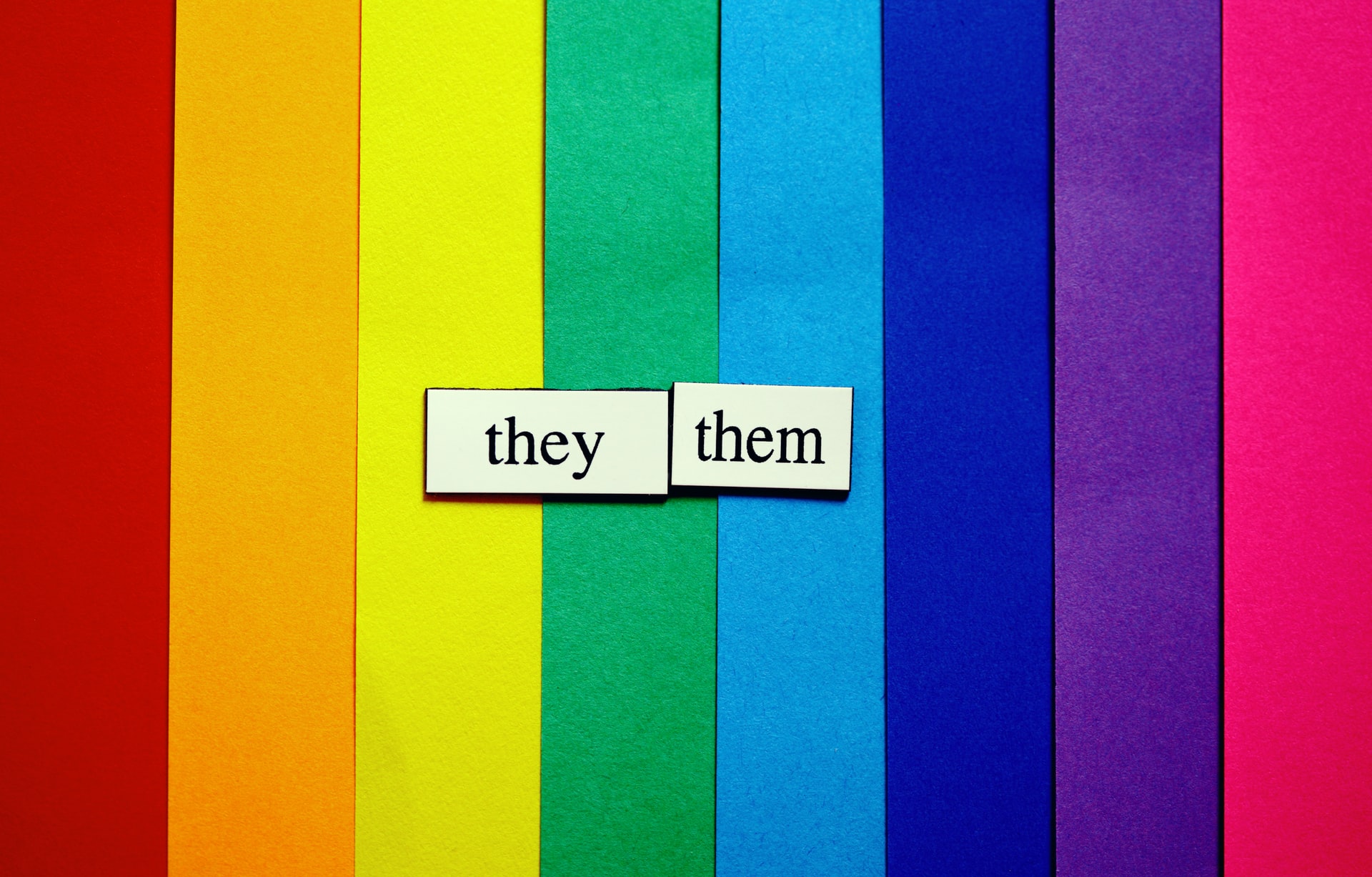Dear Mr. Dad: A few years ago, a friend sent me a column of yours that dealt with the issue of gender identity and sexual orientation and pronouns. I didn’t pay much attention to it then, but everyone at my office is now announcing their “preferred pronouns” in their email signatures and my own daughter now says she’s non- binary and wants to be referred to as “they.” As I remember, the child in your column offered to help his/their parents understand. But my daughter flat out won’t talk to us. Can you help us make sense of this new terrain?
A: At the time I wrote that column, I mentioned how my “daughter” had taken a class that covered gender vs. sex in high school and had spent a lot of time talking with me about those issues. Since then, that child has identified as non-binary and like yours, prefers they/them. I’ll spend the rest of this column reviewing the important distinctions between the words “gender” and “sex” but I strongly suggest that you sit down with your child and ask them (yes, “them,” not “her,” since that’s the pronoun they want you to use) as many questions as you have. They may be reluctant at first, but your genuine desire to learn—and not to snicker or judge—should win them over.
Let’s start with gender and sex. A lot of people use the two words interchangeably, but there are some important differences. “Sex” refers to the anatomical organs a person is born with (sometimes referred to as “assigned at birth.”) A person’s “gender,” however, refers to social roles and behaviors. As my child put it, sex is between your legs; gender is between your ears. It’s a little more subtle than that, but that’s a good summary.
The difference between sexual orientation and gender identity is similar, but also a lot more complicated. Sexual orientation refers to the type of person one is romantically or sexually attracted to. Someone who’s attracted to people of the opposite sex are “straight,” or “heterosexual,” while those attracted to people of the same sex are “gay” or “homosexual.” “Bisexual,” as you’ve probably figured out, refers to people who are attracted to both sexes. “Pansexual” goes a few steps further, in that the attraction goes beyond same-sex or opposite sex and may include trans people as well. Is your head spinning yet? Mine sure was when I first started learning about this. Don’t worry. It gets easier with time.
One’s gender identity refers to how a person feels inside, male, female, neither, or both. “Cisgender” (from the Latin for “on this side of” or “near”) is the term used to describe someone whose gender identity matches his or her sex. In other words, a boy or man who feels male or a girl or woman who feels female. People who feel as if they were born into the wrong body may describe themselves as “transsexual,” “gender non-conforming,” “non-binary,” or possibly even “genderqueer.” To complicate things further, some people may identify as “gender fluid,” meaning that they feel like a different gender at different times.
The more you learn about sex and gender, the better you’ll feel—and the more supported your child will feel. Again, take them up on their offer to discuss. Be patient. You’re all at the very early stages of a long journey and you’ll need to have more than one talk—probably a lot more than one. In the meantime, you may also want to check out a few resources, including Diane Ehrensaft’s book, “The Gender Creative Child,” GenderSpectrum (https://www.genderspectrum.org), and Trans Student Educational Resources (https://www.transstudent.org/gender).
This article first appeared on MrDad.com
Photo by Katie Rainbow 🏳️🌈 on Unsplash




